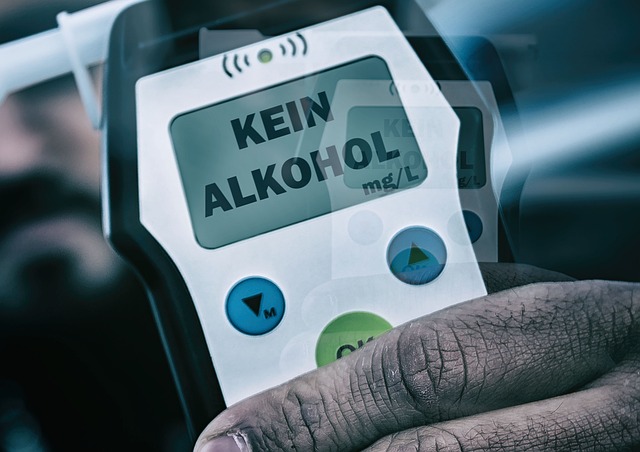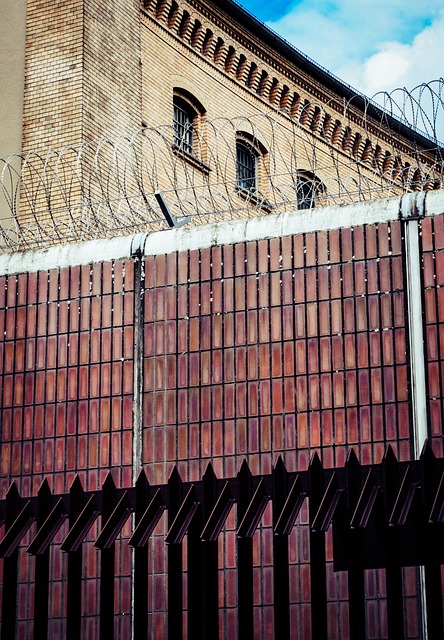DUI Laws Differ Significantly Between Rural and Urban Areas, Impacting Insurance Claims:
Rural areas prioritize public safety with milder measures like ignition interlock devices and higher fines due to lower population density and limited law enforcement. In contrast, urban regions focus on congestion management and swift accident responses, resulting in stricter license suspensions, community service, and heavier fines. These regional disparities are crucial for understanding the legal process and implications of insurance claims after a DUI accident, with rural settings facing challenges in evidence collection and urban areas offering quicker response times and enhanced deterrence.
In the realm of driving under the influence (DUI) laws, rural and urban areas exhibit significant disparities. This article navigates the intricate differences in enforcement practices, insurance claims, and consequences for those involved in accidents, specifically focusing on Insurance Claims After a DUI Accident.
While urban centers have densely populated streets and well-established legal frameworks, rural landscapes present unique challenges, influencing everything from police response times to community support. Understanding these contrasts is paramount for drivers, legal professionals, and insurance companies alike.
- Understanding Rural and Urban DUI Laws
- – Define rural and urban areas for legal context
- – Highlight key differences in enforcement practices
Understanding Rural and Urban DUI Laws

In rural areas, Driving Under the Influence (DUI) laws often reflect the lower population density and distinct community dynamics. These regions typically have fewer traffic lights and limited law enforcement presence compared to urban centers. As a result, rural DUI offenses may carry different penalties, focusing on public safety measures like mandatory ignition interlock devices and increased fines to discourage impaired driving. Understanding these nuances is crucial for individuals navigating insurance claims after a DUI accident in rural settings, where the legal process might differ significantly from urban areas.
In contrast, urban regions often face unique challenges with DUI enforcement due to high population densities and complex traffic patterns. Urban laws may emphasize not only public safety but also the management of congestion and accident response times. Penalties for DUI in cities can include stricter license suspensions, heavy fines, and even community service, reflecting the higher potential impact on urban infrastructure and lives. When dealing with insurance claims after a DUI incident in an urban environment, individuals should be prepared for these varying legal approaches, which can significantly affect their rights and responsibilities.
– Define rural and urban areas for legal context

In the legal context, defining rural and urban areas is essential as it significantly influences the application of DUI (Driving Under the Influence) laws. Urban areas are typically densely populated cities with well-developed infrastructure, including robust law enforcement presence and strict traffic regulations. Conversely, rural regions are characterized by lower population densities, often featuring vast agricultural lands or small communities, and may have less stringent enforcement measures in place. This disparity can lead to variations in penalties, court proceedings, and subsequent insurance claims after a DUI accident.
When an individual is involved in a DUI-related crash, the surrounding environment plays a crucial role in determining liability and compensation for insurance claims after a DUI accident. In urban settings, stricter laws and quicker response times from emergency services might result in more severe charges and higher insurance premiums due to increased risk factors. In contrast, rural areas may offer some leniency in sentencing but could present unique challenges, such as longer response times, which might impact the availability of medical care and evidence collection, subsequently affecting insurance claims.
– Highlight key differences in enforcement practices

In rural areas, law enforcement agencies often face unique challenges when it comes to DUI (drunk driving) enforcement due to lower population densities and more spread-out communities. This can lead to less frequent patrols and a different approach to proactive policing compared to urban settings. As a result, rural DUI accidents may go reported or investigated less promptly, potentially impacting the availability of physical evidence and witness testimonies crucial for insurance claims after such incidents.
In contrast, urban areas benefit from higher visibility and more resources dedicated to traffic enforcement. Police in bustling cities typically employ strategies like increased patrols, sobriety checkpoints, and data-driven initiatives to target high-risk areas and times. These practices can lead to quicker response times and more robust evidence collection, which may strengthen insurance claims after a DUI accident. The enhanced enforcement presence also serves as a constant reminder to drivers about the severity of drunk driving, potentially reducing urban DUI rates.
In understanding the nuances of rural vs. urban DUI laws, particularly with regard to insurance claims after a DUI accident, it’s clear that enforcement practices and penalties differ significantly based on geographical context. Rural areas often face challenges in terms of limited resources and less stringent enforcement, while urban centers grapple with higher incident rates and more robust policing. These disparities can have real implications for individuals involved in DUI accidents, influencing not only the legal outcomes but also post-accident insurance claims processes. By being aware of these differences, drivers can make more informed decisions and better prepare for potential consequences, including proactive measures to mitigate insurance costs.






